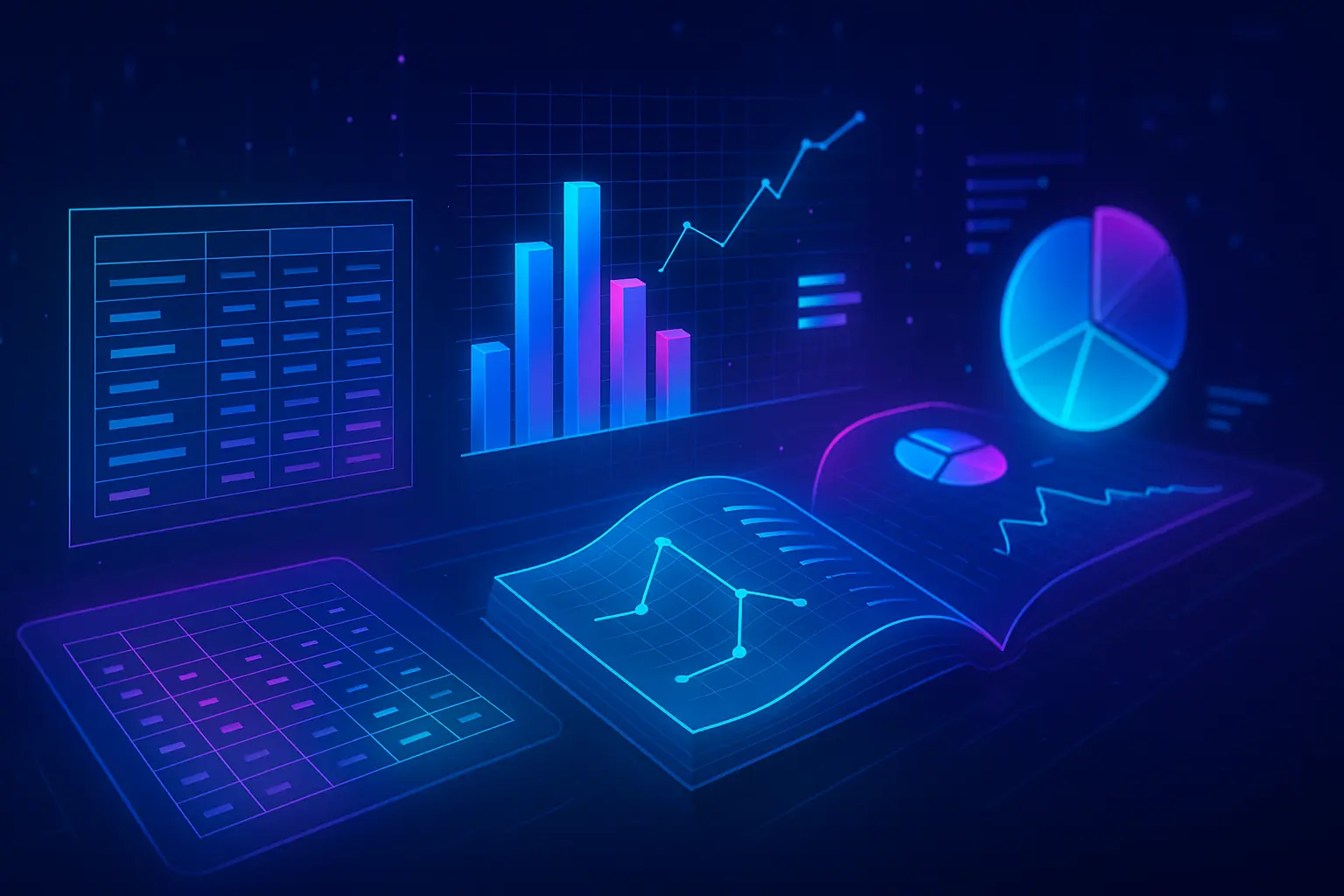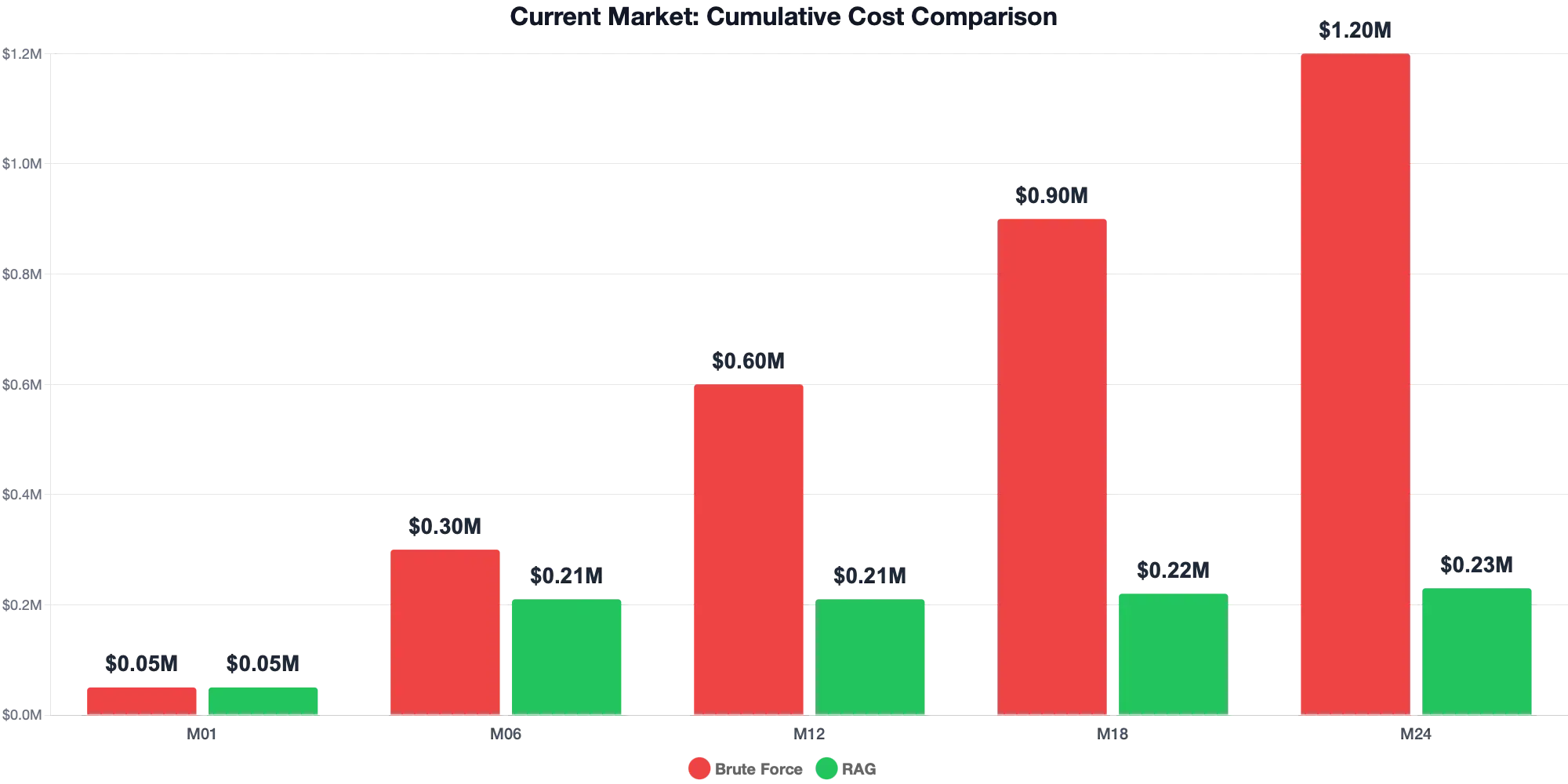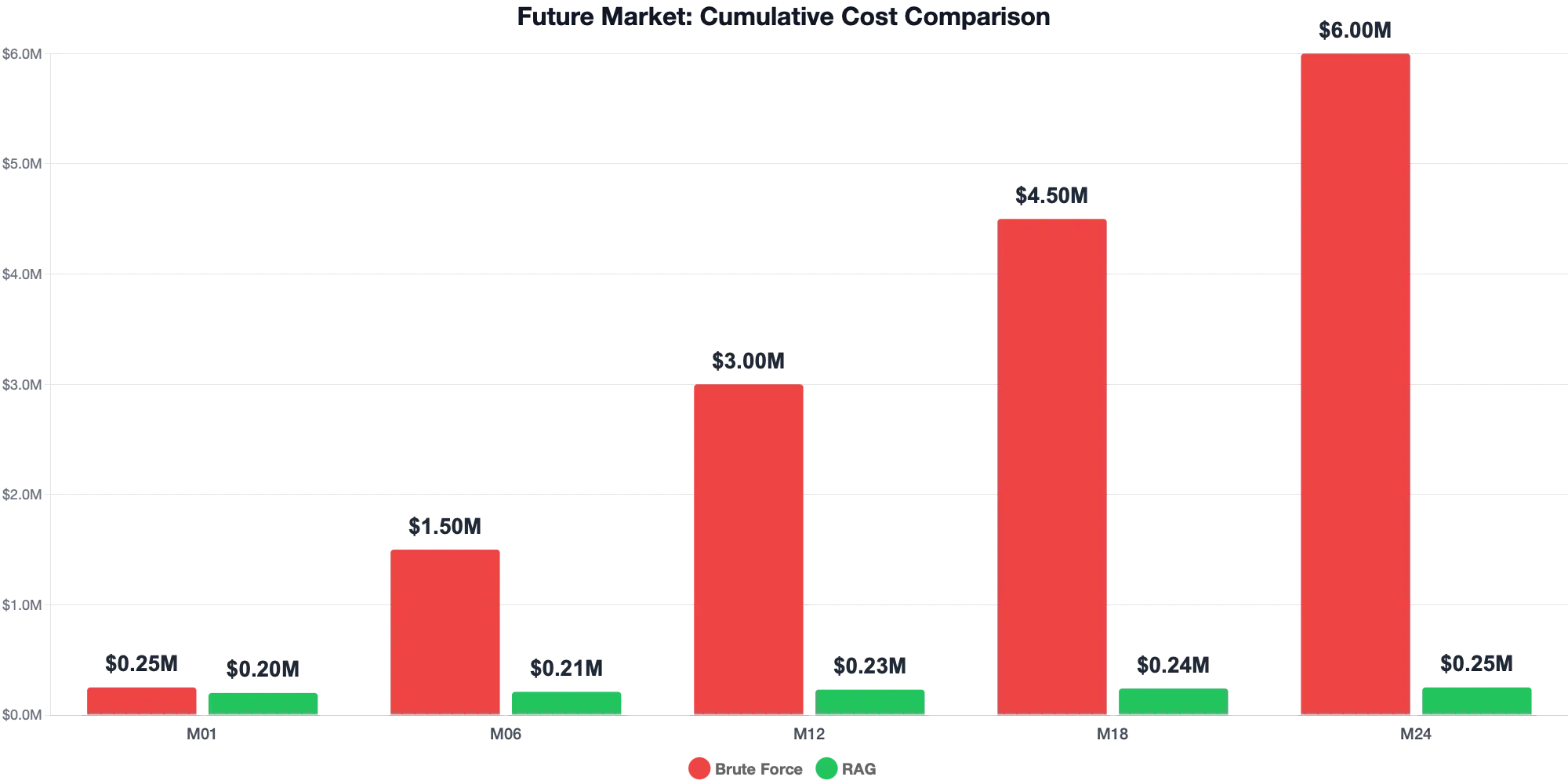
ARTIFICIAL INTELLIGENCE
The Age of the AI Subsidy is Ending:
Why Data Engineering Can Save You
QUALITARA
09.16.2025
CORPORATE
Why investing in data engineering is crucial before the inevitable price correction
Generative AI providers are burning billions to win the market, selling intelligence at prices that don't reflect reality. It's a subsidy, and like all good things, subsidies will end. The current pricing model is not reflecting the reality of the true operational cost of the model providers, showing their unit economics as unsustainable. At some point, some providers will achieve the singularity, and transform the market into an oligopoly. It is no surprise then, that in the next few years, when the need for growth stops and vendors are consolidated, that a major price correction upward is coming, with some estimates coming in at 3-10x price increases.

“COMPANIES USED TO IMPLEMENTING QUICK PILOTS WITH LITTLE UPFRONT COST ARE AT A MAJOR FINANCIAL RISK FROM THE COMING PRICE CORRECTION.”
Companies used to implementing quick pilots with little upfront cost, accustomed to dumping their unstructured, unclean data into any model, using what's called the brute force approach, are at a major financial risk from factors like investors demanding profitability, the market consolidating and that value-based, as opposed to cost-plus, pricing is coming from AI providers. The brute force approach is also overly dependent on advanced "thinking" models, as the model can use larger context windows to extract outputs from the data dump. Companies are used to spending millions of tokens in their queries, furthering the costs they will inherit once prices are normalized. The low cost implementation will become a monthly recurring monster soon.
This is why investing now into a proper Retrieval-Augmented Generation pipeline is absolutely crucial. This approach creates clean, structured and vectorized data, perfect for LLMs to search using chunks and spending less tokens. As opposed to the brute force model, the major cost in this approach is upfront in the data engineering and talent required to build the pipeline. The major benefit lies in a much smaller monthly API bill. This approach also frees companies to use intelligent routing for a hybrid approach in their queries, as less complex tasks can be accomplished by cheaper models like GPT-4o mini at a much smaller cost, reserving the expensive "thinking" models for when actually required. There is also freedom here, as it's now the data pipeline providing the value, so the model and vendor can be swapped as needed.
The RAG Advantage
We tested the same query both ways. Brute forcing half a dozen technical PDFs with GPT-5 Thinking used 200,000 tokens. With the same data, but RAG-ready, and GPT-4o mini, the query only used 3,000 tokens. An incredible 97% savings. At scale, that delta can become the difference between survival and collapse.
There are also more benefits beyond the bottom line, such as:
- Faster queries
- More accurate, verifiable answers, less prone to hallucinations
- Reproducible and auditable answers
- Customization and fine-tuning of the pipeline, optimized to specific industries and domains
RAG also forces companies to take a hard look at their data. It helps to clean messy and unreliable knowledge basis, improving data maturity and establishing an accessible source of truth, an asset that is beneficial far beyond its use as the data source for an LLM.

Current vs. Future: The Financial Reality
When moving from the single query to the enterprise level, the difference is even easier to see. By using the following assumptions, we can model the savings, now and in the more expensive future.
Assumptions used in the comparison:
- 200,000 queries per month
- Brute Force: 50,000 tokens, priced at $5.00 per million tokens
- RAG: 2,000 tokens, priced at $0.60 per million tokens
- One-time RAG investment: $200K for data engineering and pipeline setup.
- Monthly database cost: $1,000/month baseline
Today's Market (subsidized pricing):
- Brute Force: $50K per month recurring → $1.2M over 24 months
- RAG: $200K upfront + $1.2K/month → $230K over 24 months
- Breakeven: 5-6 months, saving nearly $1M over 2 years

Future Market (5X price increase for both models):
- Brute Force: $250K/month recurring → $6M over 24 months
- RAG: $200K upfront + $2.2K/month recurring → $252K over 24 months
- Breakeven: <30 days, saving over $5M in just two years

The direction is clear: what looks like a tolerable inefficiency today will become an unsustainable liability tomorrow.
Invest Now or Keep Paying Forever
It is clear that the age of the AI subsidy is rapidly ending. When prices inevitably correct upward, companies hanging on to the brute force approach will be crushed by the new recurring costs. The ones that will thrive are those that invested in their data today, not just by reducing their query costs, but by building a clean, governed knowledge base that will serve as an enterprise asset for years to come.
According to MIT, 95% of AI pilots are failing. Audit your workflows now, and don't let your architecture be the reason yours does. If anything is dependable on brute force, the choice is clear to reengineer using a controlled investment today, or keep paying higher and higher bills in the future.